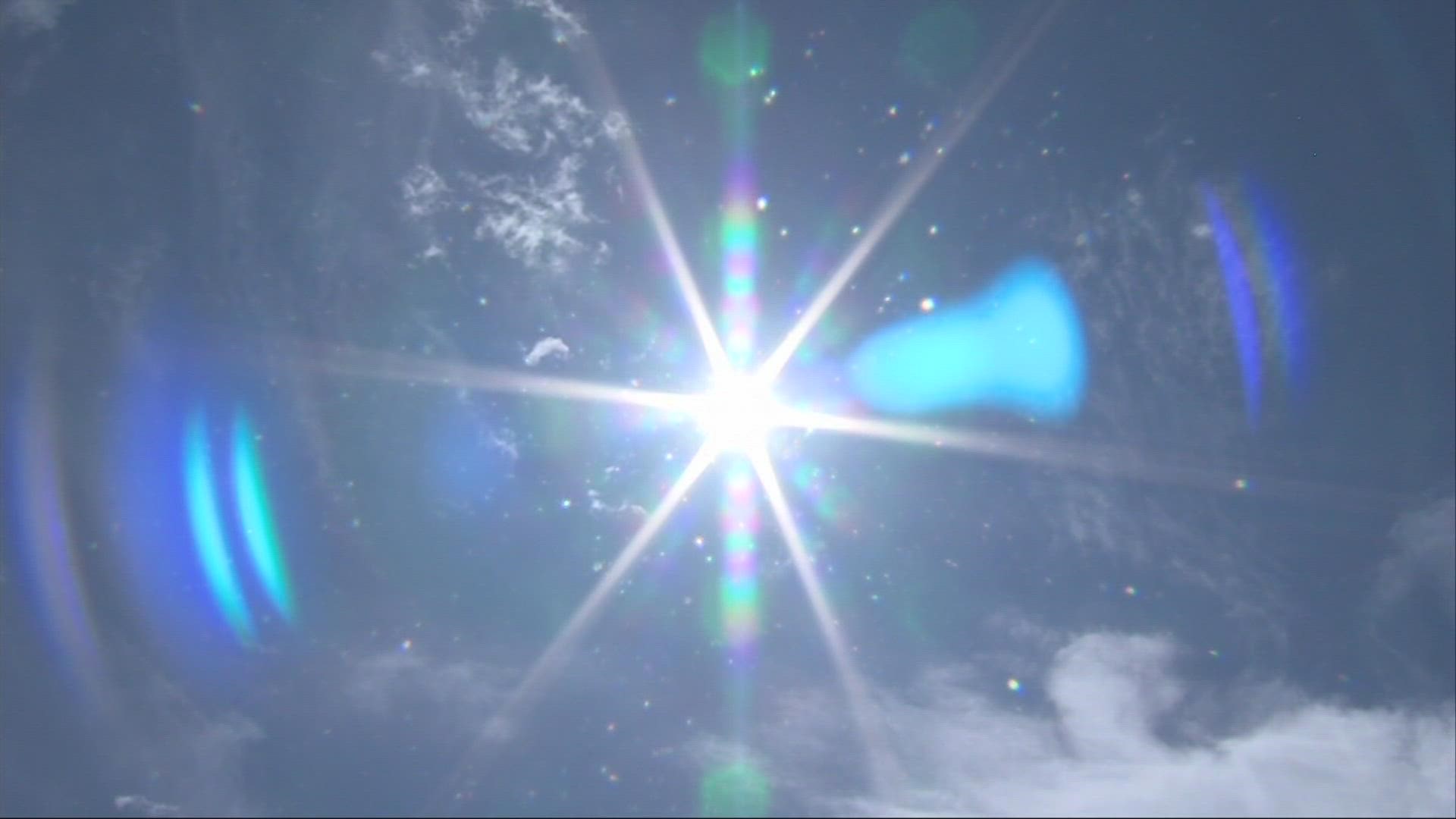CLEVELAND — Northeast Ohio is set to feel a scorching hot Wednesday as heat indices are expected to reach as high as 110-115 degrees.
As the blazing hot temperatures hit Ohio, taking care of your body and knowing how the heat could affect you is important.
According to Cleveland Clinic, heat stroke occurs when your body reaches a temperature of more than 104 degrees and cannot cool itself down. Many times prior to treatment, symptoms of heat stroke include confusion, seizures or loss of consciousness.
Cleveland Clinic officials warn that untreated heat stroke can lead to life-threatening medical issues like organ failure, a coma or death.
Below is a guide from Cleveland Clinic on symptoms and signs to watch and how to treat heat stroke:
How to prevent heat stroke
- Avoiding strenuous physical activity in hot, humid conditions.
- Consuming sports drinks, lightly salted water or broth.
- Gradually letting your body acclimate to warm temperatures over several weeks if you’ll have to be in hot conditions for work or sports.
- Never leaving children (or pets) in closed, hot spaces such as cars.
- Staying in air-conditioned or well-ventilated areas during heat waves.
- Wearing lightweight, light-colored and loose-fitting clothing if you’ll be out in the heat.
Signs and symptoms of heat stroke
- Anhidrosis (dry skin that doesn’t sweat, which is more common in non-exertional heat stroke).
- Ataxia (problems with movement and coordination).
- Balance problems.
- Delirium (confusion or disorientation).
- Dizziness.
- Excessive sweating that continues after you’ve stopped exercising (more common in exertional heat stroke).
- Hot, flushed skin or very pale skin.
- Low or high blood pressure.
- Lung crackles (bubbling or gurgling sound in the lungs).
- Nausea and vomiting.
- Oliguria (low urine output).
- Rapid breathing or tachycardia (fast heart rate).
- Seizures.
- Syncope (fainting) or loss of consciousness.
- Weakness.
If anyone is experiencing any of the signs or symptoms above, they are urged to call 911 immediately and seek medical help.
Heat stroke treatment
- Applying ice packs to the neck, groin and armpits.
- Encouraging them to drink slightly salted fluids, such as sports drinks or salted water.
- Having them lay down in a cool, shady, well-ventilated environment.
- Immersing them in cool water, if possible.
- Misting them with water and blowing air across their bodies (evaporative cooling).
- Monitoring their breathing carefully and removing any airway blockages.
- Not giving any medications, including aspirin and acetaminophen.
- Removing any clothing that is tight or heavy.
At the hospital, the person with heat stroke may receive:
- Cooled intravenous fluids through a vein in their arm.
- Cooling blanket.
- Ice bath.
- Medication to prevent seizures.
- Supplemental oxygen
Complications of heat stroke
- Acute respiratory distress syndrome (ARDS).
- Brain swelling.
- Kidney failure.
- Liver failure.
- Metabolic dysfunction.
- Nerve damage.
- Reduced blood flow to the heart and other circulatory problems.
EDITOR'S NOTE: The video above aired on 3News on June 15, 2022, when 3News' Hollie Strano discussed the extreme heat arriving in Northeast Ohio.

